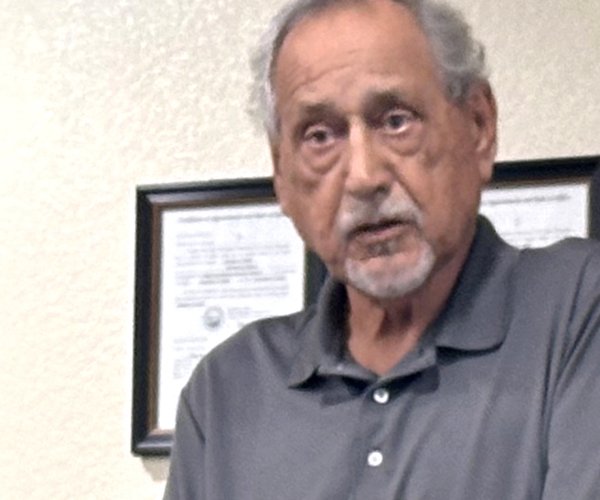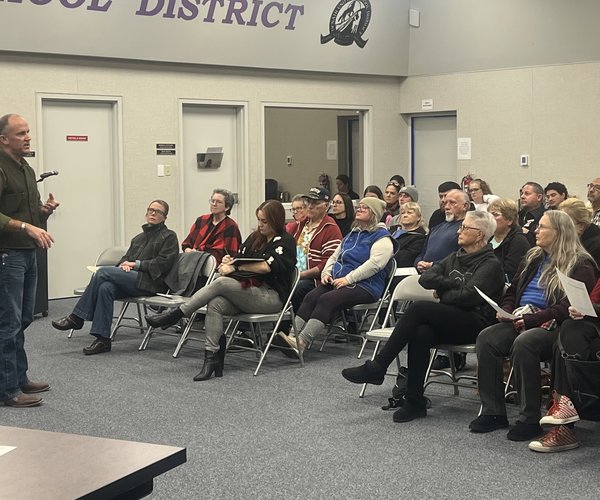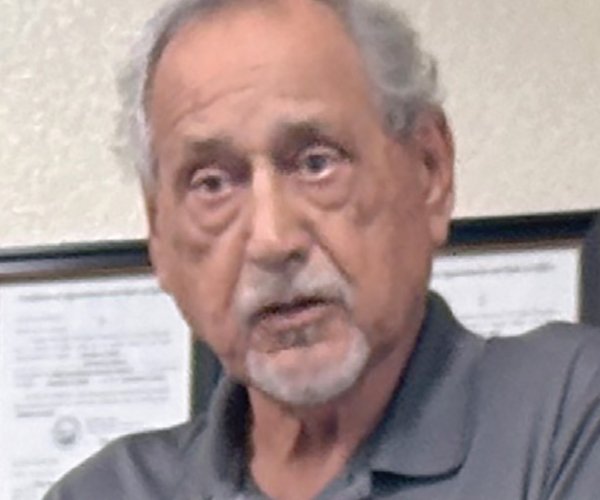Despite previous rulings that essentially stopped the voter-approved California High Speed Rail project in its tracks, the California Supreme Court has ordered an appeals court to perform a fast-track review of the state court decisions over the project’s financing.
The request to review Sacramento Superior Court Judge Michael Kenny’s ruling that essentially blocked the project from using billions of dollars in state bonds came from Gov. Jerry Brown’s administration, who has consistently supported the high speed rail project since its inception.
However, not all California lawmakers are in support of high speed rail, as many Republican legislators continually raise concerns regarding the economic impact of the project.
Rep. Jeff Denham (R-Turlock), who has publicly criticized the High Speed Rail Authority’s funding plans, recently introduced legislation that would additionally cut off federal funding from the project until state funds were secured.
Having responded favorably to the Sacramento ruling in question, Denham did not approve of the Governor’s request to have the decisions appealed.
“Governor’s Brown request for the California Supreme Court to allow the High Speed Rail Authority to ignore a State court ruling is yet another example of his attempts to deny the rule of law and go around the will of voters,” said Denham. “It is becoming clearer and clearer that the California High Speed Rail Authority has no way to make the April 1 deadline from the Federal Railroad Administration to secure $180 million in state funding, which is why I’ve introduced legislation to suspend federal funding to ensure additional taxpayer dollars don’t go wasted.”
Denham’s bill to cut off federal funding, also known as the Responsible Rail and Deterring Deficiency Act, currently has the support of every member of the California Republican delegation.
“Instead of going to the Supreme Court, Governor Brown should work to ensure that the High Speed Rail Authority complies with the promises made to voters on Proposition 1A,” said Denham. “The law is clear that moving forward without securing state funding will put future federal funding at risk, including rail, highway and education dollars.”
With the California Supreme Court’s ruling to expedite the review process, a decision that could have significant impacts on the future of the project should be made soon.





